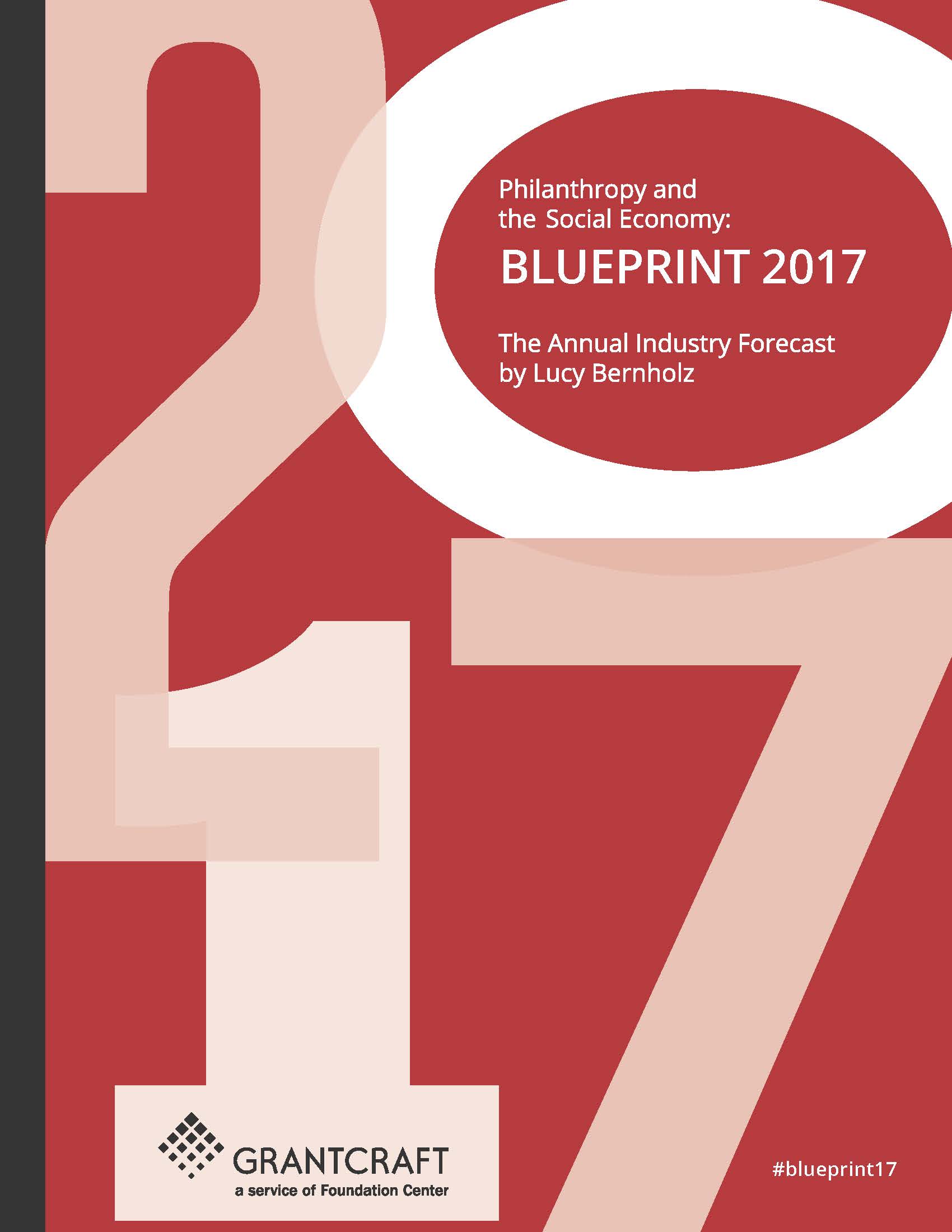The Foundation Transparency Challenge
I often get asked which foundations are the most transparent, closely followed by the more skeptical line of questioning about whether the field of philanthropy is actually becoming more transparent, or just talking more about it. When Glasspockets launched six years ago, a little less than 7 percent of foundations had a web presence; today that has grown to a still underwhelming 10 percent. So, the reality is that transparency remains a challenge for the majority of foundations, but some are making it a priority to open up their work.
Our new Foundation Transparency Challenge infographic is designed to help foundations tackle the transparency challenge. It provides an at-a-glance overview of how and why foundations are prioritizing transparency, inventories common strengths and pain points across the field, and highlights good examples that can serve as inspiration for others in areas that represent particular challenges to the field.
Using data gathered from the 81 foundations that have taken and shared the “Who Has Glass Pockets?” transparency assessment, we identified transparency trends and then displayed these trends by the benefits to philanthropy, demonstrating the field's strengths and weaknesses when it comes to working more openly.
Transparency Comfort Zone
Despite the uniqueness of each philanthropic institution, looking at the data this way does seem to reveal that the majority of foundations consider a few elements as natural starting points in their journey to transparency. As we look across the infographic, this foundation transparency comfort zone could be identified by those elements that are shared by almost all participating foundations:
- Contact Information
- Mission Statement
- Grantmaking Priorities
- Grantmaking Process
- Key Staff List
Transparency Pain Points
On the flip side, the infographic also reveals the toughest transparency challenges for philanthropy, those elements that are shared by the fewest participating funders:
- Assessments of Overall Foundation Performance
- Diversity Data
- Executive Compensation Process
- Grantee Feedback
- Open Licensing Policies
- Strategic Plans
What’s In It for Me?
Once we start talking about the pain points, we often get questions about why foundations should share certain elements, so the infographic identifies the primary benefit for each transparency element. Some elements could fit in multiple categories, but for each element, we tried to identify the primary benefit as a way to assess where there is currently the most attention, and where there is room for improvement. When viewed this way, there are areas of great strength or at least balance between strengths and weaknesses in participating foundations when it comes to opening up elements that build credibility and public trust, and those that serve to strengthen grantee relationship-building. And the infographic also illustrates that philanthropic transparency is at its weakest when it comes to opening up its knowledge to build a community of shared learning. For a field like philanthropy that is built not just on good deeds but on the experimentation of good ideas, prioritizing knowledge sharing may well be the area in which philanthropy has the most to gain by improving openness.
“The reality is that transparency remains a challenge of foundations, but some are making it a priority to open up their work.”
And speaking of shared learning, there is much to be learned from the foundation examples that exist by virtue of participating in the “Who Has Glass Pockets?” assessment process. Our transparency team often receives requests for good examples of how other foundations are sharing information regarding diversity, codes of conduct, or knowledge sharing just to name a few, so based on the most frequently requested samples, the infographic links to actual foundation web pages that can serve as a model to others.
Don’t know what a good Code of Conduct looks like? No problem, check out the samples we link to from The Commonwealth Fund and the Alfred P. Sloan Foundation. Don’t know how to tackle sharing your foundation’s diversity data? Don’t reinvent the wheel, check out the good examples we flagged from The California Endowment, The Rockefeller Foundation, and Rockefeller Brothers Fund. A total of 19 peer examples, across seven challenging transparency indicators are offered up to help your foundation address common transparency pain points.
Why did we pick these particular examples, you might ask? Watch this space for a follow-up blog that dives into what makes these good examples in each category.
#GlasspocketsChallenge
And more importantly, do you have good examples to share from your foundation’s transparency efforts? Add your content to our growing Glasspockets community by completing our transparency self-assessment form or by sharing your ideas with us on Twitter @glasspockets with #GlasspocketsChallenge and you might be among those featured next time!
This post originally appeared on the Glasspockets blog, Transparency Talk, to view the original post please click here.



